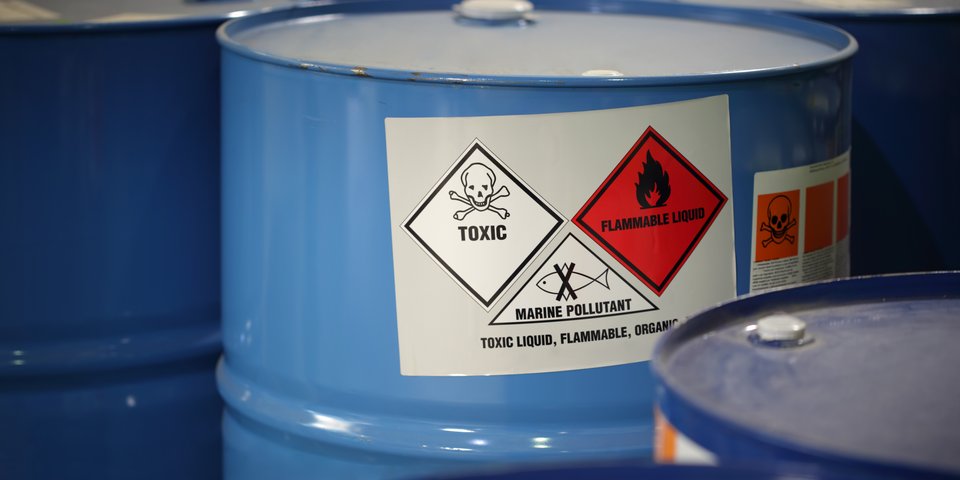 iStockphoto/tunart
iStockphoto/tunartMaximum allowable concentrations
Expectations for the sixth CMRD package.
SK – 09/2024
Since the 1980s, the European Union (EU)
has been taking steps to establish minimum standards for the protection of
workers from carcinogens, mutagens and reprotoxic substances. The setting of
binding maximum allowable concentrations is part of the legal framework. They
are based on scientific data on health protection as well as socio-economic
aspects and technical feasibility. To date, more than 20 binding maximum allowable
concentrations have been adopted in the EU.
Prevention of work-related illnesses
Directive 2004/37/EC on the protection of
workers from the risks related to exposure to carcinogens or mutagens at work
(CMRD) is an important building block, as it lays down preventive and
protective measures and exposure limit values for a number of substances. This
directive has been amended several times in recent years to include reprotoxic
substances, among others, in its scope of application.
The sixth amendment package, the proposal
for which is to be published by the European Commission in the autumn, will
deal with the setting of limit values for smoke generated during welding
processes, polycyclic aromatic hydrocarbons (PAHs), isoprene, 1,4 dioxane and
cobalt and its inorganic compounds. But where exactly are these substances
found in the world of work?
Focus on the sixth package
The planned changes to the CMRD will affect
various areas of work. As the name suggests, welding fumes are produced during
welding work. In addition to various welding processes, this also includes
soldering and flame cutting. Employees come into contact with PAHs when they
work in the production of graphite electrodes or in coking plants and fire
damage restoration companies. Isoprene is also a hydrocarbon. This substance is
mainly used in the production of synthetic rubber, which is used by the vehicle
tyre industry. Cobalt and compounds play a role primarily in metal processing,
dental technology, biogas production and the catalyser industry. 1,4-dioxane
has a broad area of application. The substance is found in detergents, paints,
coatings, adhesives and air fresheners, among other things.
The legislative process
It can be assumed that the European
Parliament's Committee on Employment and Social Affairs will take the lead on
the draft legislation. The directive will be codified in parallel with the
sixth amendment to the CMRD. This means that all amendments made to the CMRD
since 2004 will be summarised in a new statutory legal act without any change
to the content. The European Parliament's Committee on Legal Affairs is
currently preparing its report on this.
